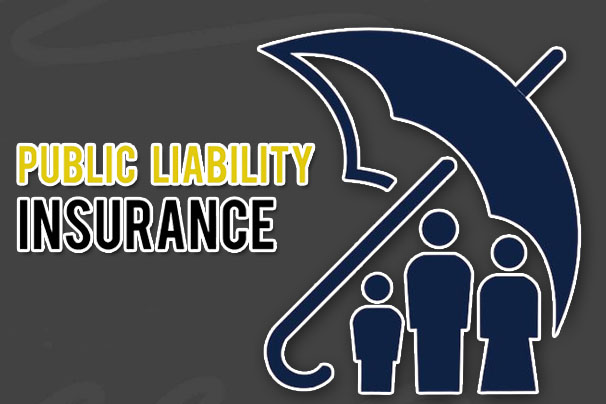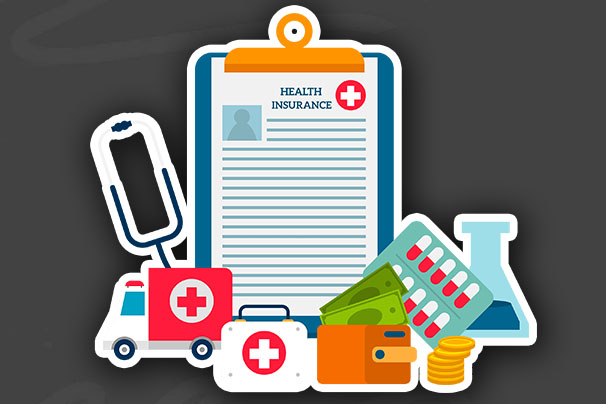Have you ever wondered if car insurance rates are negotiable? Many people don’t realize that, unlike some other expenses, there may be room to adjust your car insurance premiums.

By understanding the factors that influence your rates, you can find ways to potentially lower your costs.
For instance, insurance companies often consider various elements, such as your driving history, the type of car you drive, and even your credit score, when determining your premiums.
Therefore, by being aware of these factors, you can take steps to negotiate better rates with your insurer.
In this article, we will explore whether car insurance rates are negotiable, what factors affect them, and how you can advocate for a lower premium.
Are Car Insurance Rates Negotiable?
Yes, car insurance rates are negotiable. Many people don’t realize that there may be room to adjust their premiums.
Insurance companies often set rates based on various factors, but these rates can be discussed and potentially lowered.
By shopping around for quotes, asking about discounts, or even leveraging your driving record, you can negotiate with your insurer.
However, it’s important to communicate openly and respectfully with your insurance provider, as they may be willing to work with you to find a rate that fits your budget.
Factors That Affect Car Insurance Rates
Several factors influence car insurance rates, and being aware of them can help you find more affordable coverage. Here are some key factors to consider:
- Age
- Gender
- Marital Status
- Occupation
- Driving Experience
- Driving Record
- Driving and Claims Records
- Coverage History
- Annual Mileage
- Usage of Vehicle
- Vehicle’s Make and Model
- Safety Features and Anti-Theft Devices
- Credit Score
- Location
- Coverage Amount
- Deductibles
- Coverage Lapses
Insurance companies review all of these factors before allowing you to negotiate your car insurance rate.
How To Lower Car Insurance Rates
Lowering your car insurance rates can save you money and make your coverage more affordable. Here are some effective strategies to consider:
Shop Around
It’s essential to compare quotes from different insurance companies. Each insurer evaluates risk differently, so rates can vary significantly.
Use online comparison tools or work with an insurance agent to find the best deal for your coverage needs.
Increase Your Deductible
Choosing a higher deductible means you will pay more out of pocket in the event of a claim, but it can significantly reduce your monthly premiums.
Just ensure you have enough savings to cover the deductible if an accident occurs.
Bundle Policies
If you have multiple insurance needs, such as home, auto, or renters insurance, consider bundling them with the same provider.
Many insurers offer substantial discounts for customers who combine policies, making it a cost-effective option.
Ask About Discounts
Don’t hesitate to inquire about discounts. Insurers often provide savings for safe driving records, low annual mileage, good student performance, or membership in certain organizations or professional groups.
Maintain A Clean Driving Record
Avoid accidents and traffic violations to keep your rates down. A clean driving history not only helps you maintain lower premiums but can also qualify you for additional discounts.
Review Your Coverage
Periodically assess your current policy. If you own an older vehicle, you may want to drop comprehensive or collision coverage, especially if the car’s value is low. Adjusting your coverage can lead to savings.
Take A Defensive Driving Course
Completing a defensive driving course can provide you with safe driving techniques and sometimes leads to a discount on your premiums.
Many insurers recognize these courses, and they can also help improve your driving skills.
Consider Usage-Based Insurance
Some insurers offer pay-as-you-drive or usage-based insurance programs that track your driving habits through a mobile app or device.
If you drive less frequently or demonstrate safe driving behaviors, you may qualify for lower rates.
Improve Your Credit Score
Many insurers consider your credit score when calculating premiums. Improving your credit score can lead to significant savings.
Pay bills on time, reduce debt, and avoid opening new credit accounts to help boost your score.
Stay With One Insurer
Loyalty to an insurance company can sometimes earn you discounts or rewards. By staying with the same provider for several years, you may qualify for lower rates or additional benefits.
By implementing these strategies, you can potentially reduce your car insurance rates and keep your expenses manageable.
Regularly reviewing your insurance options and staying informed about available discounts can help you find the best rates possible.
Bottom Line
Car insurance rates are negotiable, and understanding the factors that influence them can help you secure a better premium.
By comparing quotes, asking about discounts, and maintaining a clean driving record, you can potentially lower your rates.
Also, regularly reviewing your coverage options and being proactive in negotiating with your insurer can lead to significant savings over time.








